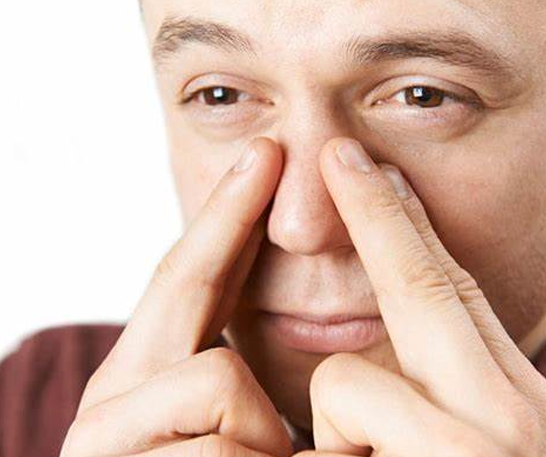Symptoms of Nasal Obstruction
Patients who see their general care physician or an ear, nose, and throat (ENT) specialist frequently complain of nasal blockage. It can have a significant negative influence on one's quality of life by interfering with one's ability to breathe comfortably. Furthermore, it is a substantial component of obstructive sleep apnea and can have a considerable impact on sleep quality.
The inability to breathe or move air via the nasal passages is referred to as nasal blockage. The bulk of the time, this is due to deviations in the normal structure of the nose. It can cause long-term harm if not addressed immediately. As a result, it is recommended that you read on to learn everything you need to know about a nasal blockage.
What is nasal obstruction and how does it happen?
Nasal obstruction occurs when the breathing passage in the nasal cavity is partially or completely blocked. This is inconvenient because it causes you to breathe via your lips, making everyday tasks like eating and exercise more difficult. Nasal blockage is a sign of an underlying problem that causes the nasal passages to be clogged or obstructed, rather than a disease. Enlarged adenoids and allergies in the nose are two of the most prevalent reasons in youngsters. Nasal polyps, tumors, and congenital nasal deformities are less prevalent causes of nasal obstructions.

What Are the Symptoms of Nasal Obstruction?
The following symptoms may suggest that a patient is suffering from nasal obstruction:
Possible Causes of Nasal Obstruction:
A multitude of issues might cause the obstruction, including:
- Allergies can induce swelling and inflammation in the nasal passages, resulting in nasal obstruction.
- A long-term bacterial infection in the nasal passages causes sinusitis, which can lead to a blockage.
- The enlargement of the adenoids, also known as adenoid hypertrophy or enlarged adenoids, creates a nasal blockage.
- Nasal polyps are tissue growths in the nasal lining that can obstruct airflow and produce a blockage.
- Allergic rhinitis is a swelling of the nasal cavity lining that is usually related to allergies. This might result in partial or complete occlusion of the nasal canal.
- Turbinates are bony structures found in the nasal cavity. They enlarge and can cause breathing issues when inflamed by allergens and dust.
- Another cause of nasal obstruction is choanal atresia, a congenital abnormality that causes extra tissue in the nasal passage, resulting in breathing difficulty.
Treatment For Nasal Obstruction:
A lighted scope is often used to confirm a nose blockage diagnosis, however, some kinds of nasal obstruction may necessitate the use of a CT scan or MRI for accurate verification. Getting the symptoms under control by lowering inflammation is the first step in nasal obstruction therapy. In this case, medications or nasal steroid sprays are frequently beneficial and give instant, short-term relief. Most causes of allergic and non-allergic rhinitis are treated with medicine, which shrinks swollen turbinates, reduces inflammation and swelling, and even controls nasal polyps.
Certain problems, such as a deviated septum, turbinates, or nasal polyps, necessitate surgical intervention. The procedure for removing a blockage in the nose has progressed and become less invasive. Surgery is necessary for some additional circumstances, such as structural problems or when medicine does not produce the intended outcomes. Polyps are removed, turbinates are reduced, adenoids are removed, and a deviated septum is corrected. Radiofrequency radiation or a tiny tissue- shaving device are examples of newer approaches for shrinking tissues.
CRH ENT, MRI & Diagnostics brings to Delhi NCR a unique concept of a dedicated single speciality ENT centre and the complete range of diagnostic services under one roof.










